On May 26, an Egyptian archaeological delegation announced the discovery of three tombs dating back to the New Kingdom, one of the most famous eras in ancient Egyptian history.
The findings provide insight into the lives of dignitaries who served in sacred ancient temples as well as those who held administrative positions during ancient Egyptian dynasties.
The three tombs were discovered during excavations of the Dra Abul-Naga necropolis in the West Bank area of Luxor city.
Egypt's Supreme Council of Antiquities (SCA) Secretary General Mohamed Ismail Khaled paid a brief visit to the site and inspected the tombs inside.
He confirmed that all three tombs belonged to the New Kingdom period (1550-1069 BC) with inscriptions allowing identification of the original owners of the tombs.
The first tomb, in particular, belonged to Amun-Em-Ipet, who oversaw an ancient temple or estate dedicated to the god Amun during the Ramesside period more than 3,000 years ago. Although many of the tomb’s decorations have been damaged, the surviving carvings show offerings, processions, burial objects, and scenes of a banquet.
Two other tombs date from the early 18th Dynasty (1543-1292 BC), one belonging to Baki (supervisor of the grain storehouses) and the other to ES (supervisor of the Amun temple in the oases, head of the northern oases). These officials may have played important roles in the administrative and religious apparatus of ancient Egypt.
Egyptian Minister of Tourism and Antiquities Sherif Fathy called the discovery “an important scientific and cultural achievement, strengthening Egypt's position on the global cultural tourism map."
He stressed that the discovery will help attract cultural tourism and deepen Egypt's unparalleled historical heritage, because the newly discovered tombs are not only burial places but also "prisms of life" showing the roles and positions of dignitaries in ancient society.
Minister Sherif Fathy appreciated the capacity of Egyptian archaeologists for making these discoveries.
According to the Director General of Luxor Antiquities Authority, Abdel-Ghaffar Wajdi, the structure of the tombs shows the diversity and richness of burial rituals during the New Kingdom period.
This discovery comes amid a strong revival of Egyptian archaeology following a series of recent discoveries that have attracted attention both domestically and internationally./.
Source: https://www.vietnamplus.vn/ai-cap-phat-hien-3-lang-mo-co-dai-thoi-tan-vuong-quoc-o-luxor-post1040888.vnp


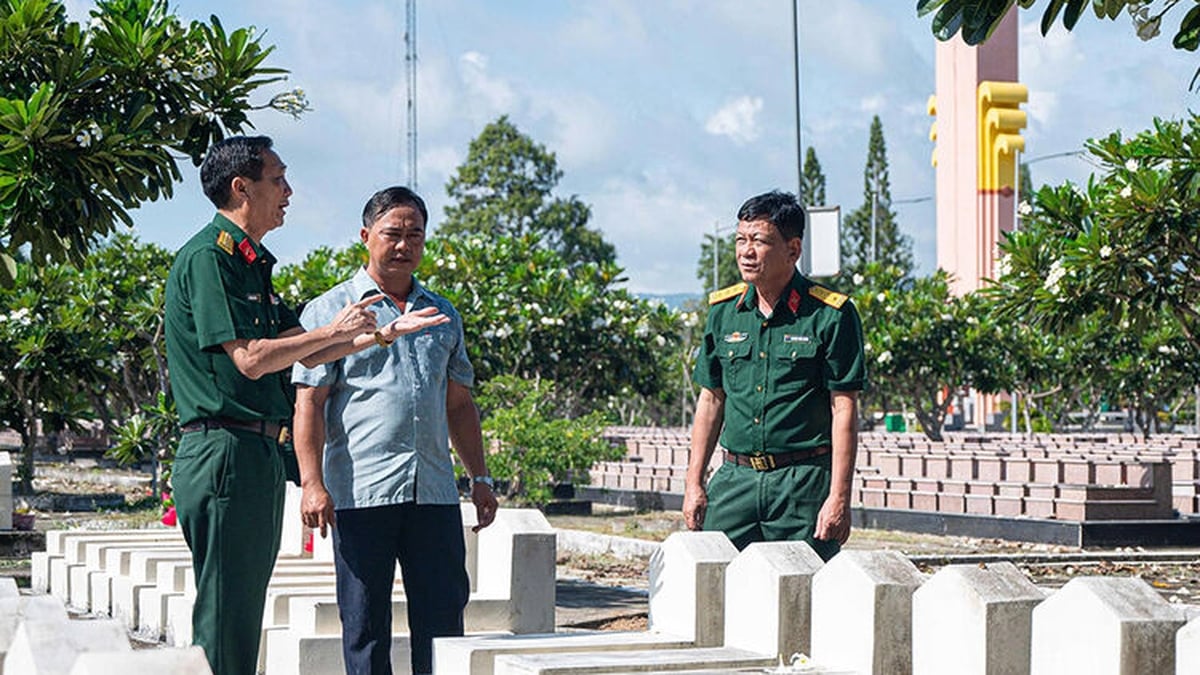
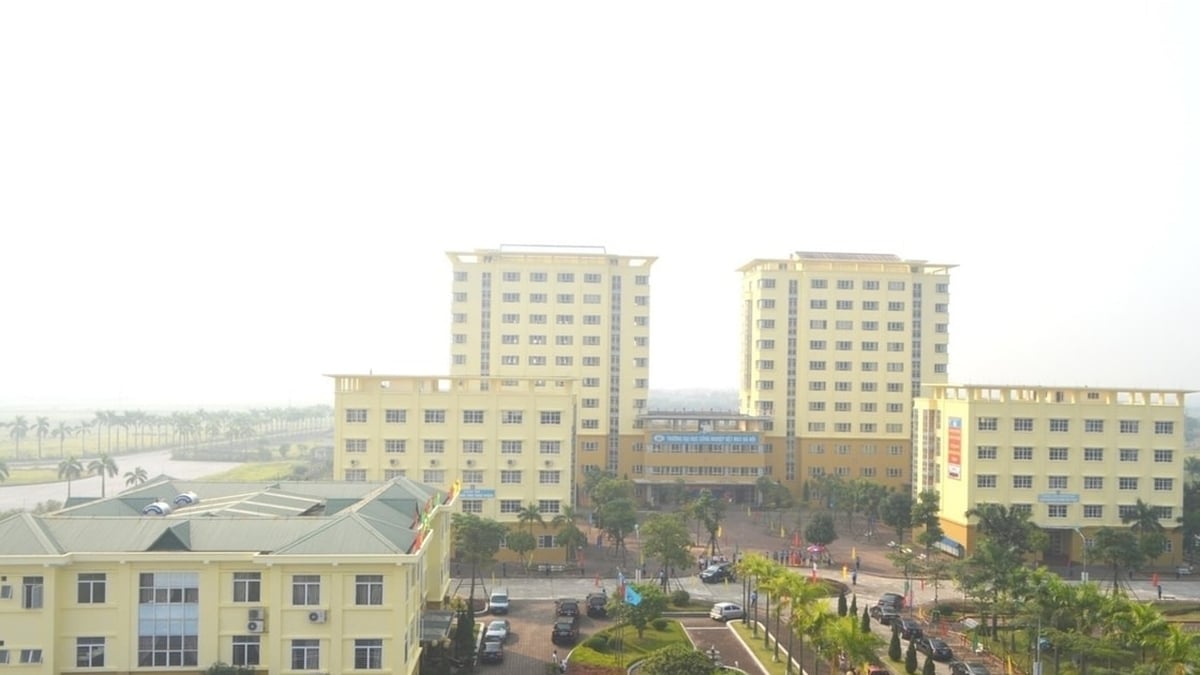

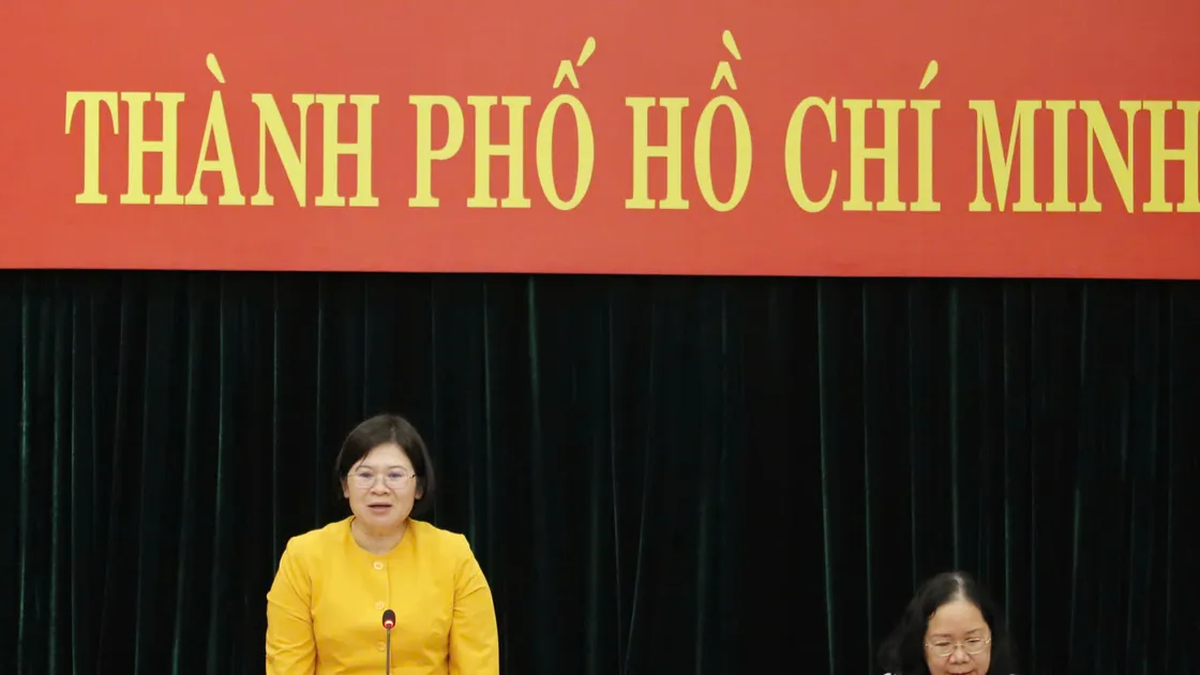

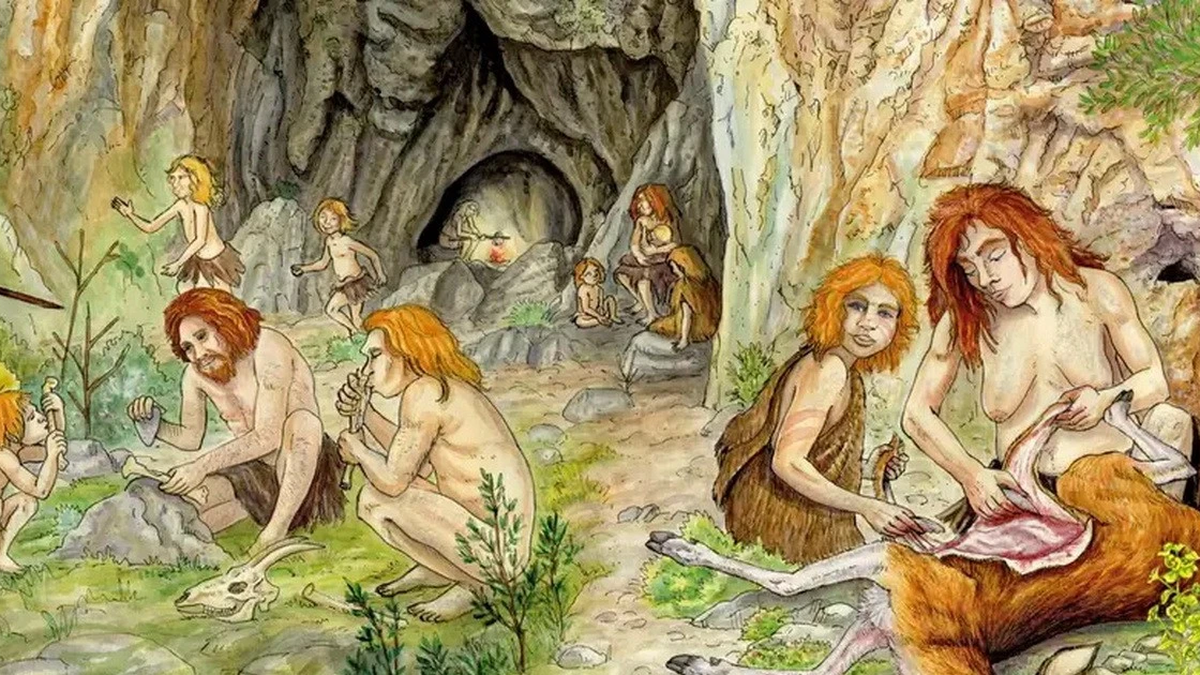

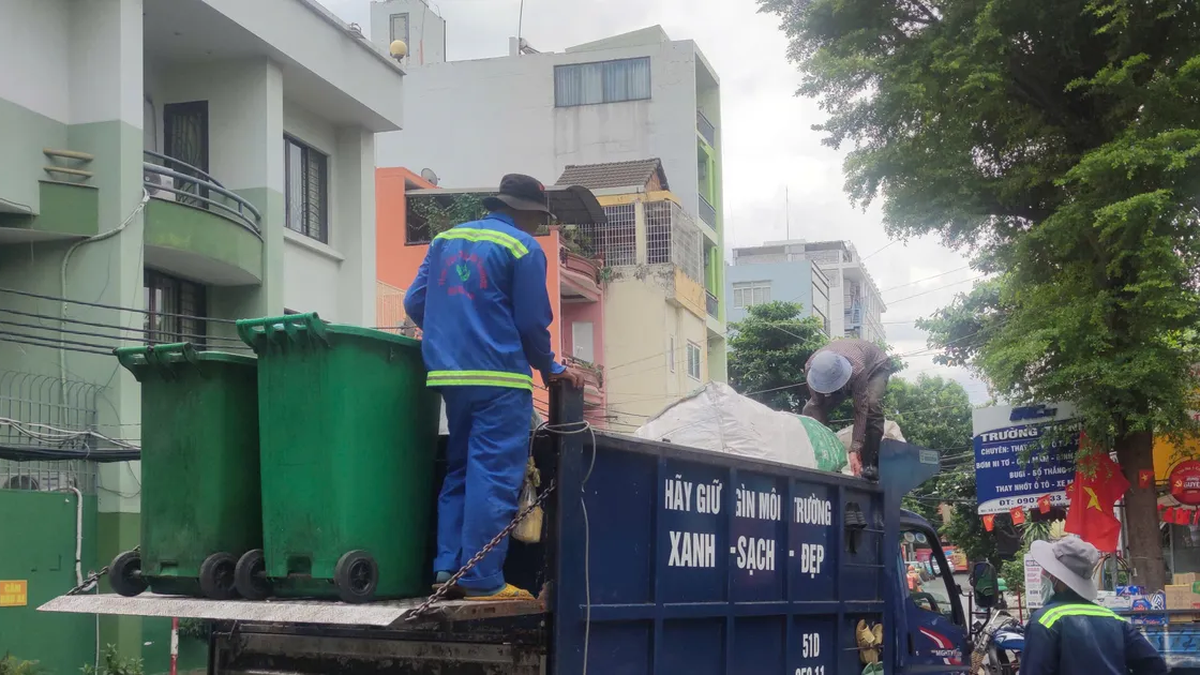














































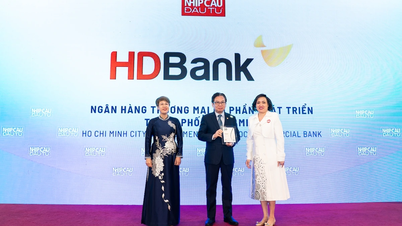




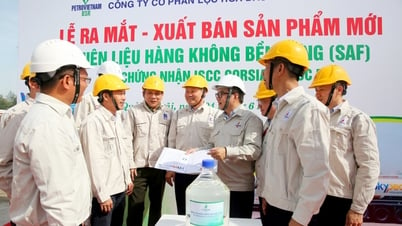

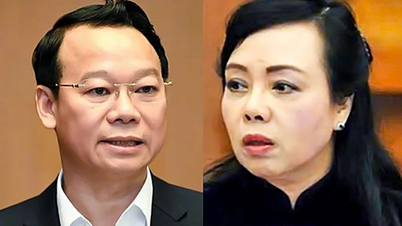







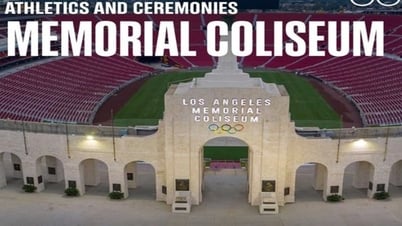

























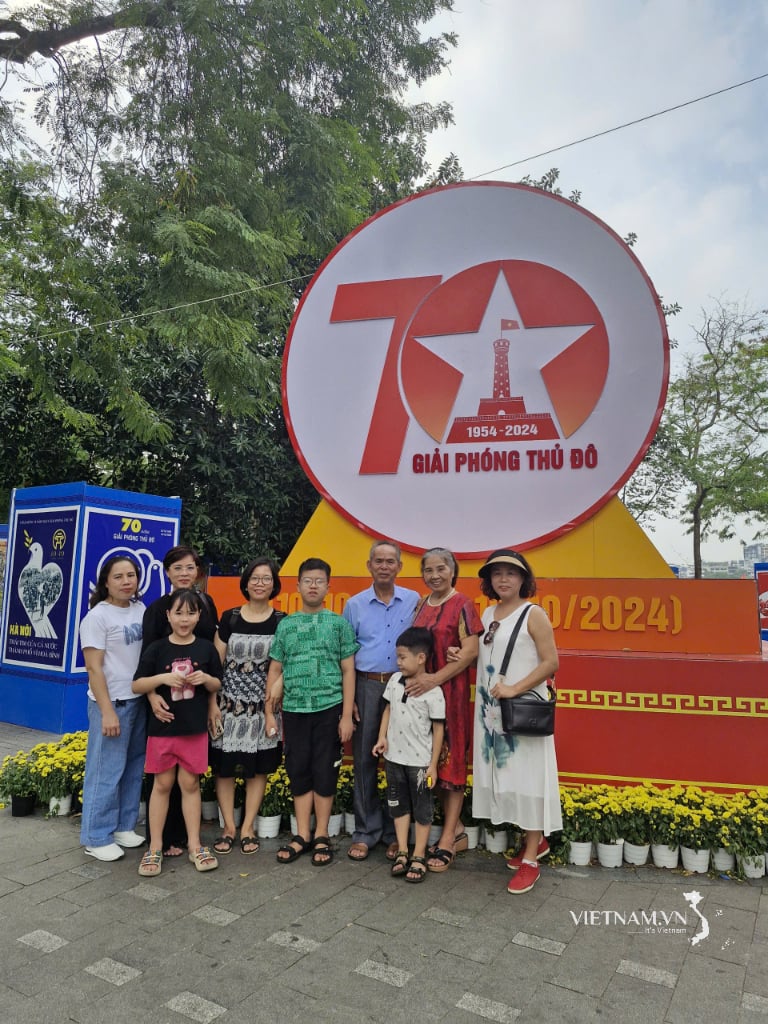



Comment (0)